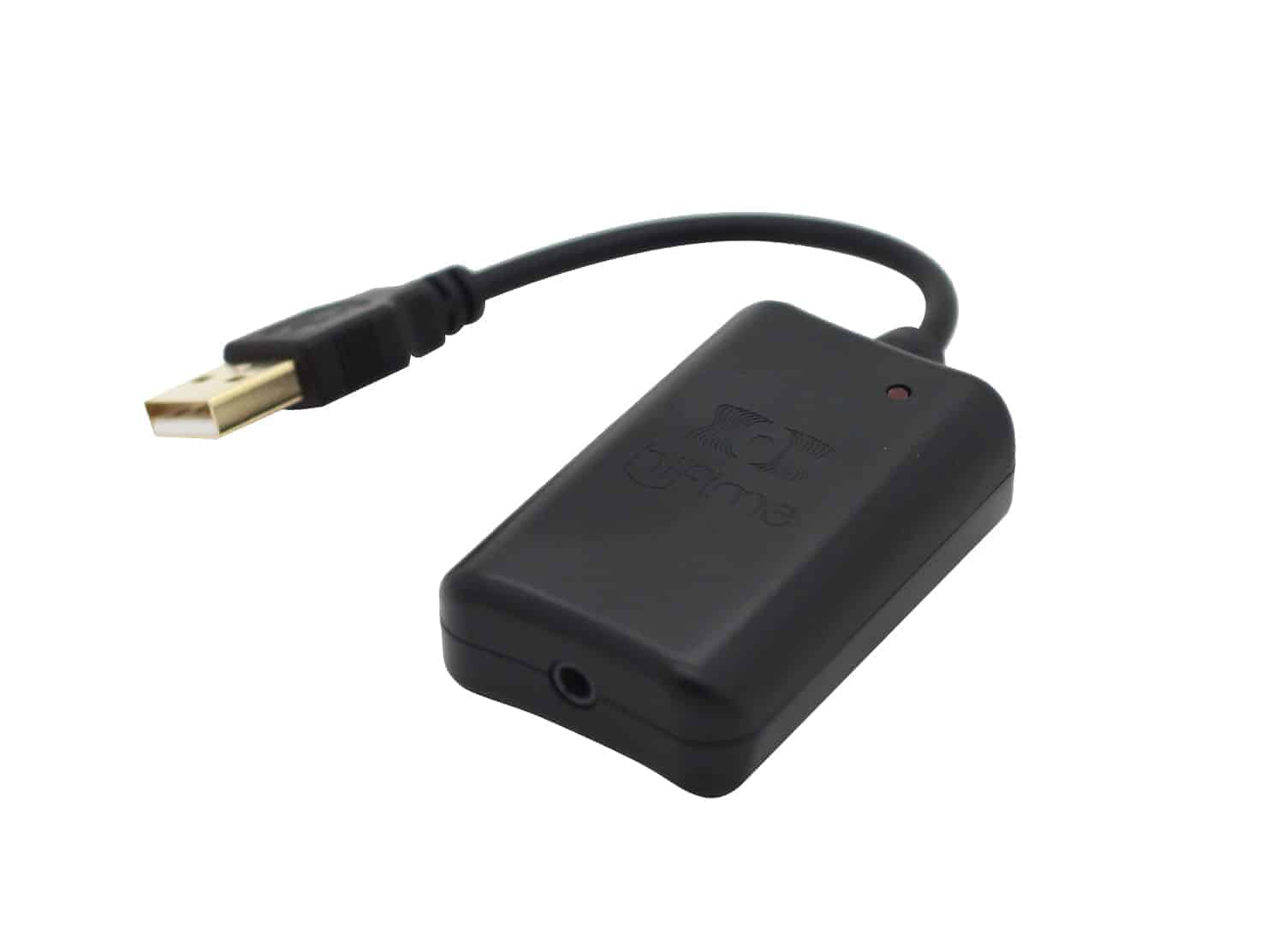OP
- Thread Starter
- #421
Guys, i am testing amazon music unlimited and currently i use it this way:
Amazon fire tv stick > hdmi > tv > toslink 16/48> camilladsp > usb 24/96 > topping d30pro
I can see that every album i play in amazon has a different bit depth and sample rate but my tv resamples everything to 16bit/48khz so so far so good with camilladsp
I have two questions:
1. If i try to use a hdmi audio extractor and from there via spdif to camilladsp, if understand what was discussed here a few times, camilladsp won't like the sample rate changes and basically i would have to have a config for each possible sample rate and change it manually without a way to automate the change, is this correct?
2. Is there a reason to want to keep the original bit depth/sample rate and try to either do what i described in 1. or to do the upsampling/downsampling in a different device than my tv? Or wanting to do that would be a signal of accute audiofoolitis with no real benefit? If there is indeed a reason, what would be an inexpensive way to do it?
Thanks!
1. First, are you sure that the fire tv stick won't resample the output? Second, as I understand it there are issues with SPDIF interfaces correctly detecting the rate changes. If you can get your interface to detect the rate changes than you should be able to build automated rate switching based on that. If you can see the rate changes (for example in the CamillaDSP GUI) let me know and I'll see if I can write a python script to reload a new configuration based on the new rate.
2. I do think avoiding the TV resampling is a good idea. My TV does a really terrible job at resampling (see image below) and actually limits everything to worse than CD quality. Although you should be able to measure the TV resampling with your SPDIF interface and see how it does. Amazon actually has a decent CD quality test tone (Audiophiles vol 1, 1 kHz, -1 LUFS/LKFS, DO NOT USE -0 LUFS/LKFS AS IT IS LOSSY).
If you can't get rate switching to work the easy way to solve this is to use an external ASRC like a miniDSP OpenDRC-DI or a nanoDIGI. They do a very good job at resampling and also give you some source switching although are rather expensive if you are just using them as a resamplers.
Michael



